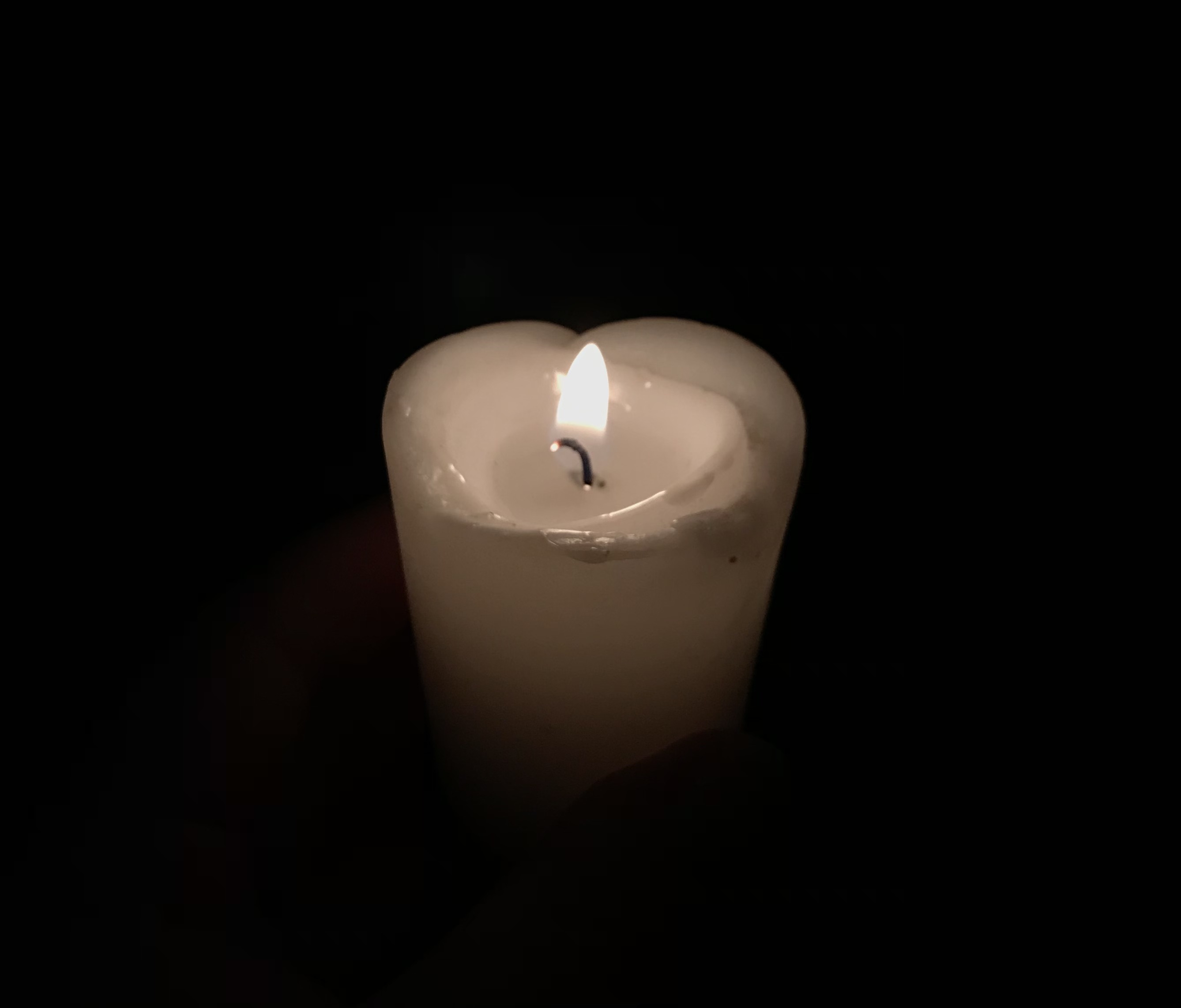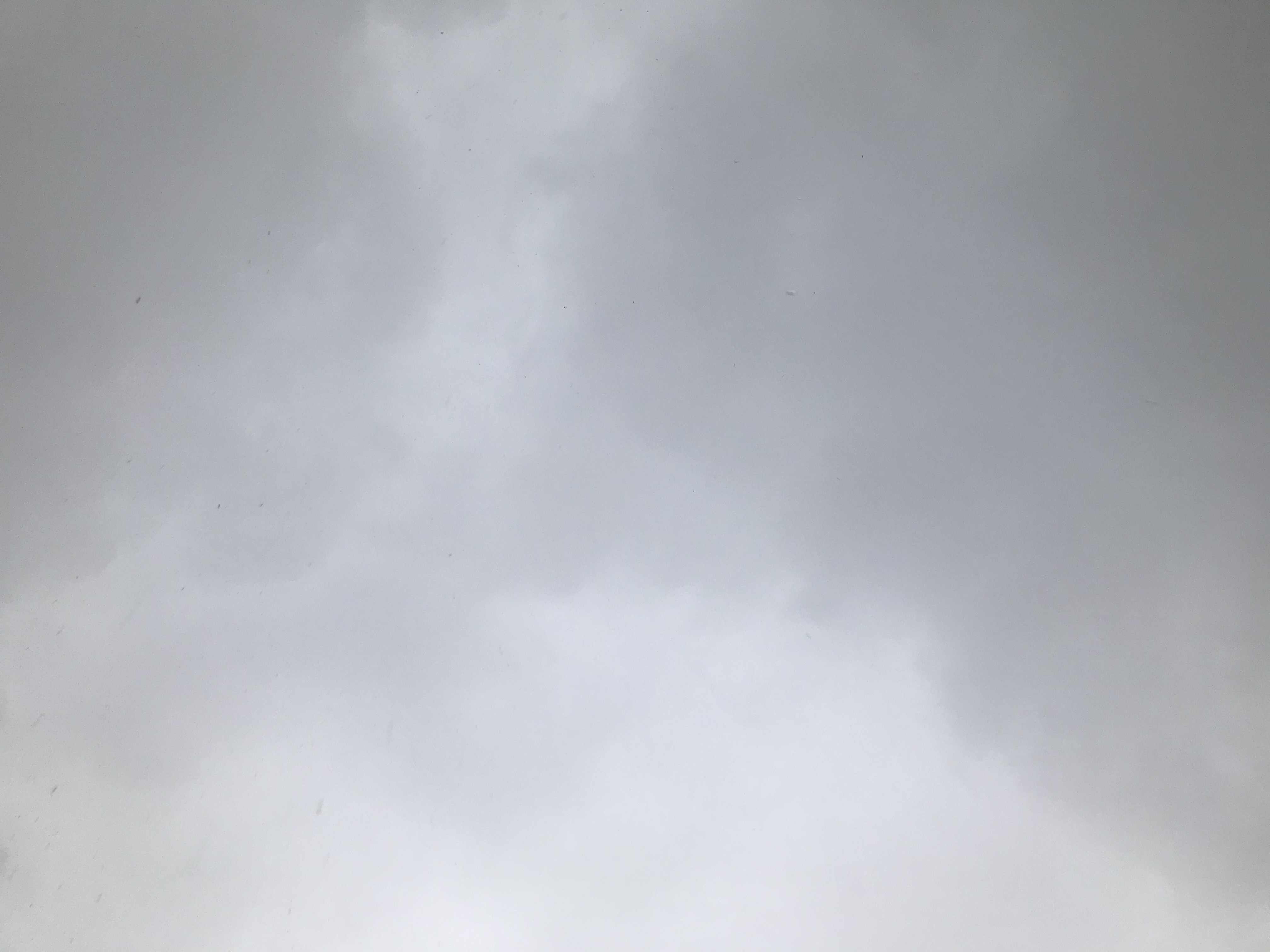Introduction to the Janya Galaxy
How do I describe this world? Beautiful, is the first world that comes to mind. And then I think, horrifying. But a thing can be both beautiful and horrifying, right? As I think of it, this galaxy is beautiful, but it is also real. And reality is often horrifying, and ugly, and terrible. So I suppose the way I should describe the Janya galaxy, where this story takes place, is that it is truthful.The Janya galaxy is enormous, with many solar systems and hundreds or thousands of planets. It would take years to describe the stories and cultures that dwell on these planets, and so only a few will be detailed. These few planets, organizations, species, and related issues are the ones that appear the most in the Tread of Darkness, the series that takes place here.
People
Although there are many different sentient species that appear in the Janya Galaxy, the most common one is humans. The Ditos are another common species that originated from the planet of Dirsto and spread out through the galaxy. Centralized on the planet Stelsa, the magically gifted Nir Tivarenul are known as Natives by the human settlers. The Crestantos were a species that had a powerful civilization hundreds of years ago before their mysterious disappearance
Along with different species, a somewhat godlike group of beings exists. These are known as Eternals, because of their unmeasurable lifespan and seeming immortality. Most Eternals are known as Celestials and are believed to be human (or alien) expressions of certain emotions, elements, and realms of existence. Many Celestials and Eternals are worshipped as gods on some planets, but currently, the majority of the galaxy is skeptical of their existence.
Planets
The main planets I will be working on in this world are Jaque, Zenricho, Geranium, Haspanic, Stelsa, Denironia, Sharshay, Eküiliber, and Crosteron, beginning with the first three. The planets in the Janya galaxy are classified according to population, climate, and biome status. Several planets can be classified in multiple ways, which can be confusing for some.Planet Classifications
- Cityscape: This classification is reserved for planets with an extremely high ratio of buildings compared to nature. Cityscape planets were originally classified as something else but changed once the building ratio became high enough.
- Farming: Planets classified as farming are primarily agricultural in their appearance and societal contribution. Often well-organized or controlled by other planets, these worlds provide food for cityscape planets.
- Paradise: A complicated classification, paradise is a term granted to planets that are aesthetically pleasing to the senses. However, a deep scientific study has begun reclassifying several paradise worlds because of their "regenerative cycles" in renewing natural resources, an example being Jaque's rapid growth of coral and precious stones.
- Ice: This classification refers to planets with full-surface tundra and ice fields. The temperatures on these planets rarely rise above 40 degrees Fahrenheit and snow or freezing rain is expected often.
- Mountainous: Mountainous planets have little vegetation and are composed almost entirely of solid rock. Similar to "volcanic" worlds, the ratio of mountains to flat areas is quite high.
- Prairie: About as common as "forest", prairie worlds have no lakes, rivers, or forests of considerable size. Their highest altitudes are below 100 feet, with their most common feature being their open plains. The climate on these planets varies from hot and dry to cold and wet.
- Islandic: Similar to "ocean" planets, islandic worlds are almost entirely ocean. However, islandic planets have scattered island chains above the water level that are often populated.
- Gas: The only type of planet with no land, gas planets are occasionally used for chemical mining and are the locations of airships.
- Poisonous: This classification is given to any planet with extreme chemical pollution. The term is rarely given now, but a few notable examples remain.
- Multi-biome: The planets placed in this category are those with two or more possible classifications. Geranium is one such world, with ice plains, forests, and fields.
- Mining: This is a classification given to worlds that have been taken over and used for mining. These planets may have originally been paradise or multi-biome before their surfaces were destroyed.
So what would we classify it? Multi-biome? Fantasy? It clearly has both paradise-class and wasteland-class properties. What did you say it was again? Perfectly sliced between a wasteland and a paradise? That's impossible to categorize, not to mention scientifically baffling!
It's hard to believe, but Zenricho and Sharshay were both classified as paradise worlds once. Zenricho made the change years ago when our galaxy first discovered light-speed travel and it was chosen as a common meeting ground for all species and cultures. Sharshay, however, was more recent. The beauty of that world, ravaged until it became a beautiful city that teems with pain and fear beneath its perfect surface. A more destructive example is Maynrel, a mining planet well-known for its metals. Long ago, Maynrel was a paradise class world, but once settlers realized the profit that could be made from its products, the surface was completely destroyed.
- Forest: This classification applies to planets with full-surface tree coverage. Because of the "jungle" classification, forest planets are generally those with dry-climate forests.
- Jungle: Occasionally considered a sub-category of "forest", this term is granted to planets with a warm climate covered by tropical forest.
- Desert: Desert planets have a full surface sandy desert and a dry climate. Very little water can be found on these worlds.
- Semi-desert: Slightly wetter than normal "desert" worlds, semi-desert planets have less sand and more plants like cacti and bushes.
- Volcanic: A somewhat rare classification, volcanic planets have an extremely high ratio of volcanoes compared to stable areas. Volcanic worlds have intense temperatures and are only populated by aliens or hardy humans.
- Ocean: Planets with this classification have full-surface water with little to no dry land. Very few people live on these planets other than aquatic species.
- Fantasy: These planets are named so because of their "fantastical" plants and creatures. Oftentimes these species cannot be found on any other planet.
- Ruins: Formerly a cityscape planet, these worlds were the locations of great civilizations before they ended. The remnants of these cities can still be seen on ruins planets.
- Wasteland: Sometimes considered a sub-category of "plains" or "fantasy", wasteland planets have almost no vegetation, very little rainfall, and moderate temperatures.
Magic
Magic in the Janya galaxy follows almost no laws, especially when it comes to raw magic. The only law that all magic follows is that magic cannot be bought or stolen, only granted at birth or by an Eternal. And yet even this law has been broken before by Eternals and raw magic. All of the planets in the galaxy have access to some kind of magic. Whether there are any magic-wielders on those planets can make certain planets appear to have more magic, but magic can be used on every planet. Certain planets have magic that is granted to people who live there for a certain length of time, such as Jaque and Stelsa. Other planets have a rich history of magic and are the best places to complete complicated spells. Numerous schools of magic have been created over time to teach those born with magic. Currently, most have been destroyed or dissolved, but the Kersar Academy of Magical Arts has managed to remain somewhat operational for several hundred years. Most magic-wielders learn from a master as a classic way to practice instead of the "modern" schools.
History and Timeline
One thousand years ago, the enormous cityscape planet Polaris was destroyed by a full planetary collapse. Shaken by the calamity, planets everywhere were forced to recover from the loss of their greatest ally. Polaris was the center of the Polaris Alliance, a powerful union of the galaxy's strongest planets. With its destruction, the IPA, a planetary alliance centered on Zenricho, took over. The IPA instituted a new calendar, placing the Polaris Collapse between two new eras. The IPA was never able to recover some planets from the Polaris Alliance, especially after they outlawed slavery.
The current era is APC, After the Polaris Collapse. I have the year set down, 1001 APC, but the month and day are currently undecided. Most of the articles will be written according to that date, but some may include events that happen in 1501 APC after a five-hundred-year time skip that happens in my main story.Remove these ads. Join the Worldbuilders Guild





Comments